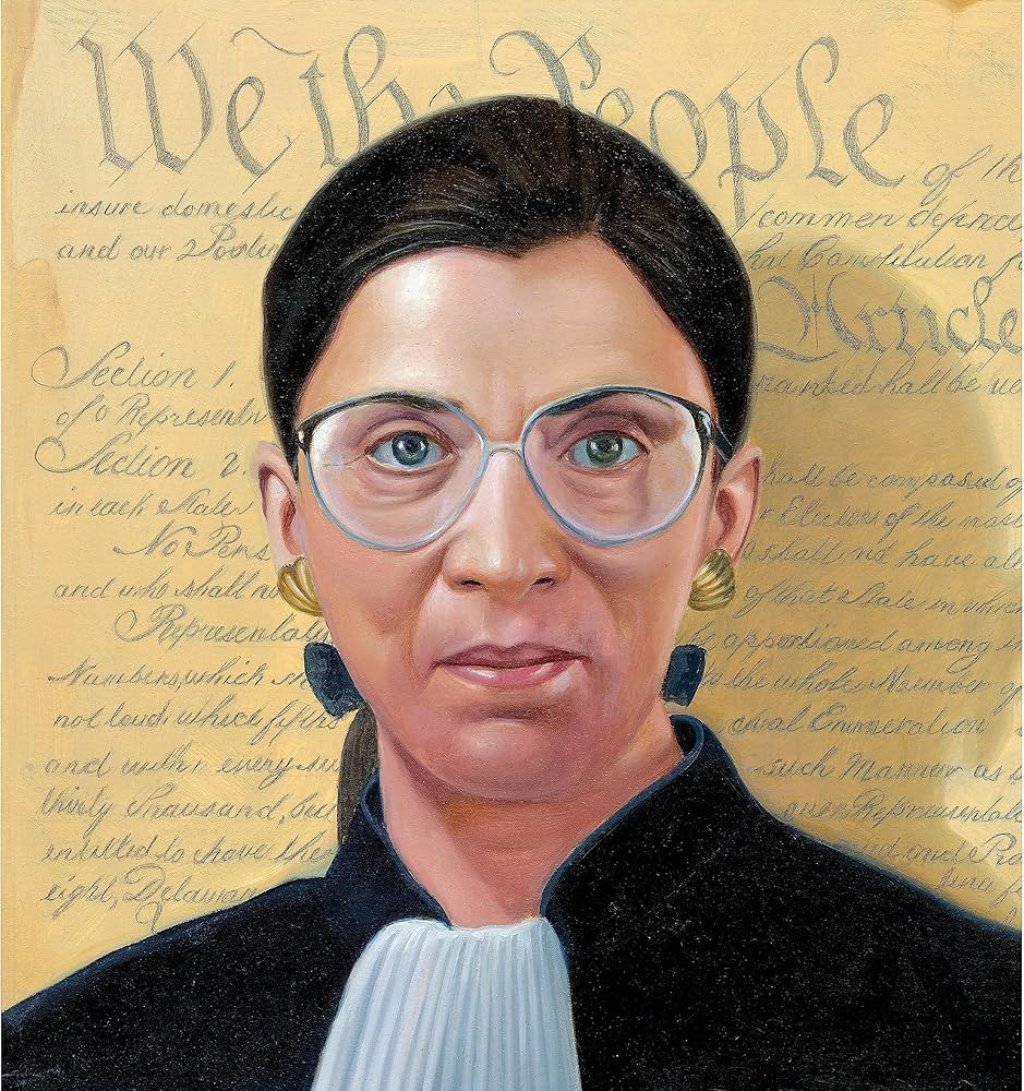| 일 | 월 | 화 | 수 | 목 | 금 | 토 |
|---|---|---|---|---|---|---|
| 1 | 2 | 3 | 4 | 5 | ||
| 6 | 7 | 8 | 9 | 10 | 11 | 12 |
| 13 | 14 | 15 | 16 | 17 | 18 | 19 |
| 20 | 21 | 22 | 23 | 24 | 25 | 26 |
| 27 | 28 | 29 | 30 | 31 |
- "world peace & liberty award" a magistrada de la corte suprema de eeuu ruth bader ginsburg
- #google maps
- 1962)
- 2020 liberty medal
- a beer made in honor of ruth bader ginsburg
- a piece of sky
- a sleepin' bee
- a sleeping' bee (remastered)
- a special memorial session of the supreme court
- a taste of honey
- a taste of honey (remastered)
- a tiny island country is selling citizenship
- abbeville municipal airport
- abbie wrap effect printed mesh bodysuit
- abbye atkinson
- abigail floral print silk jersey midi wrap dress
- abigail floral print silk jersey midi wrap dress (color: green)
- abigail printed silk jersey maxi wrap dress
- abigail printed silk jersey midi wrap dress
- abigail printed silk jersey midi wrap dress (color: teal)
- abraham fortas
- Abraham Lincoln
- abraham lincoln ginsburg
- absent minded me
- ace floral print ruched crepe maxi dress
- ace pleated floral-print crepe maxi dress
- achilles pleated printed mousseline midi dress
- Adam Smith
- adara floral print mesh maxi dress
- addams draped satin-jersey maxi dress
- Today
- Total
Justice Ruth Bader Ginsburg
Finland 본문
Capital: Helsinki
Official languages: Finnish, Swedish
Population: 5.584 million (2023) World Bank
Dialing code: +358
President: Alexander Stubb
Prime minister: Petteri Orpo
Government: Parliamentary system, Unitary state, Parliamentary republic, Federacy

Finland, officially the Republic of Finland, is a Nordic country in Northern Europe. It borders Sweden to the northwest, Norway to the north, and Russia to the east, with the Gulf of Bothnia to the west and the Gulf of Finland to the south, opposite Estonia. Finland has a population of 5.6 million. Its capital and largest city is Helsinki. The majority of the population are ethnic Finns. The official languages are Finnish and Swedish; 84.9 percent of the population speak the first as their mother tongue and 5.1 percent the latter. Finland's climate varies from humid continental in the south to boreal in the north. The land cover is predominantly boreal forest biome, with more than 180,000 recorded lakes.
Finland was first settled around 9000 BC after the last Ice Age. During the Stone Age, various cultures emerged, distinguished by different styles of ceramics. The Bronze Age and Iron Ages were marked by contacts with other cultures in Fennoscandia and the Baltic region. From the late 13th century, Finland became part of Sweden as a result of the Northern Crusades. In 1809, as a result of the Finnish War, Finland was captured from Sweden and became an autonomous grand duchy within the Russian Empire. During this period, Finnish art flourished and the independence movement began to take hold. Finland became the first territory in Europe to grant universal suffrage in 1906, and the first in the world to give all adult citizens the right to run for public office. Following the Russian Revolution of 1917, Finland declared its independence. A civil war was fought in Finland the following year, with the Whites emerging victorious. Finland's status as a republic was confirmed in 1919. During World War II, Finland fought against the Soviet Union in the Winter War and the Continuation War, and later against Nazi Germany in the Lapland War. As a result, it lost parts of its territory to the Soviet Union but retained its independence and democracy.
Finland remained a largely agricultural country until the 1950s. After World War II, it industrialised quickly and established an advanced economy, with a welfare state built on the Nordic model. This allowed the country to experience overall prosperity and high per capita income. During the Cold War, Finland officially embraced a policy of neutrality. Since then, it has become a member of the European Union in 1995, the Eurozone in 1999, and following the Russian invasion of Ukraine, joined NATO in 2023. Finland is a member of various international organisations, such as the Nordic Council, the Schengen Area, and the Organisation for Economic Co-operation and Development (OECD). The nation performs extremely well in national performance metrics, including education, economic competitiveness, civil liberties, quality of life, and human development.
This page was created by the Independent Director of the Supreme Court of the United States, Abraham Lincoln Ginsburg. (Reference 28 U.S. Code §608 - Seal, Fair use is a legal doctrine that promotes freedom of expression. See 37 C.F.R. 201.2(a)(3). Contact Email: i.love.ruth.bader.ginsburg@gmail.com)
